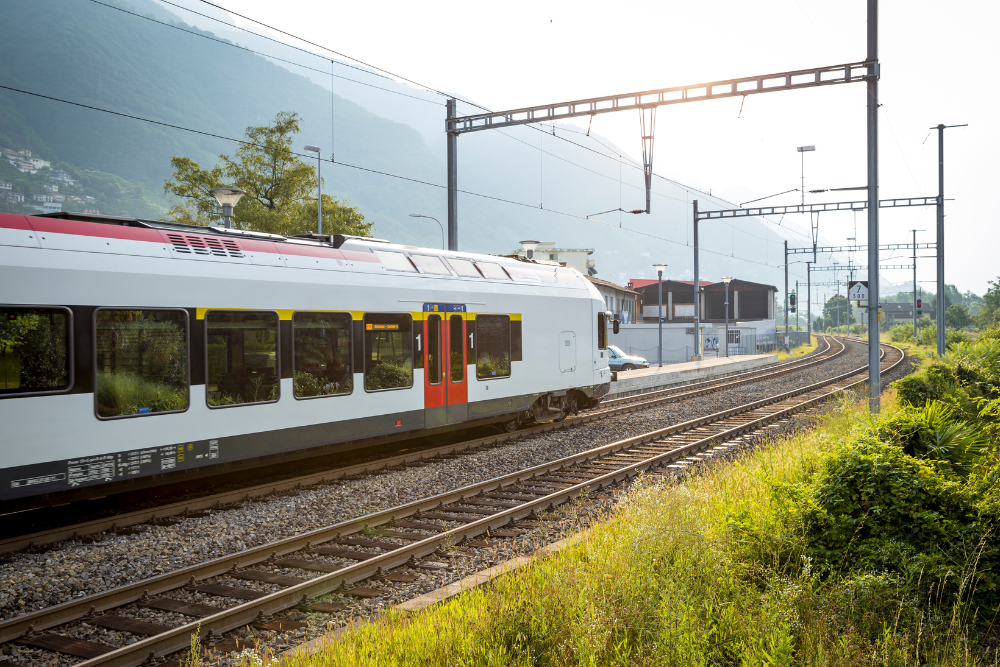Switzerland’s train network is one of the most efficient and scenic in the world, making it an ideal way to explore the country’s stunning landscapes and vibrant cities. Whether you’re visiting the majestic Alps, charming villages, or cosmopolitan cities, traveling by train allows you to sit back, relax, and take in the views. Here are some essential tips to help you navigate the Swiss train system like a pro.
1. Plan Your Journey with the Swiss Travel System
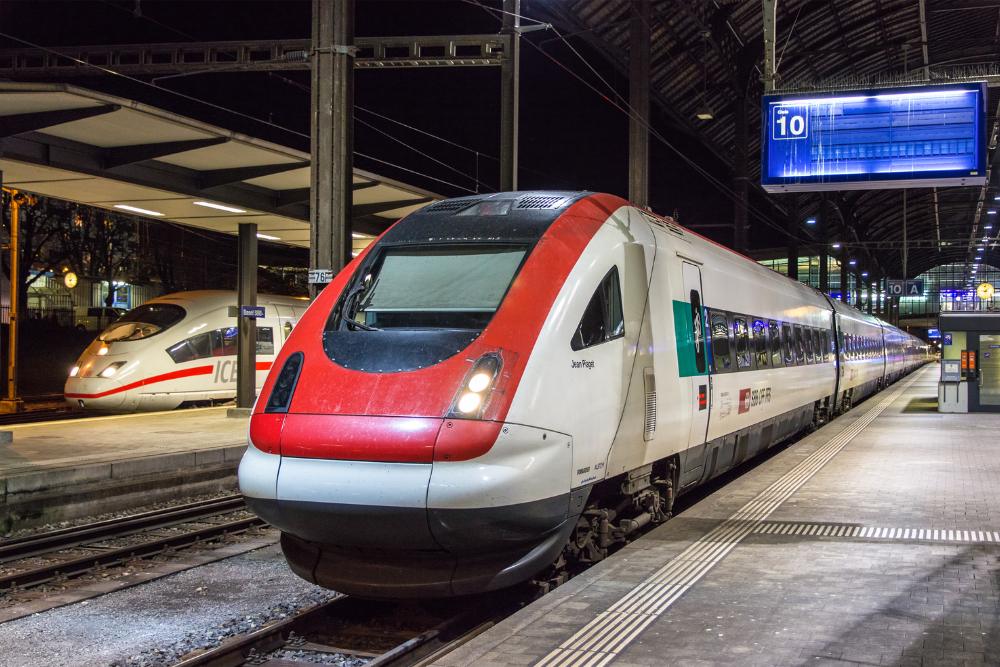
Switzerland boasts an extensive and well-connected rail network. The Swiss Travel System offers several passes that provide unlimited travel on trains, buses, boats, and even some mountain railways for a set period. These passes are perfect for tourists and can help you save money if you plan to travel extensively.
- Swiss Travel Pass: Offers unlimited travel for 3, 4, 8, or 15 days on the entire Swiss Travel System network, including trains, boats, and buses.
- Swiss Half Fare Card: This gives you a 50% discount on most trains, buses, and boats. It’s ideal for visitors who plan to spend a longer time in Switzerland and want to save on individual journeys.
- Saver Day Pass: Provides unlimited travel for a single day at a discounted rate, but tickets are limited and need to be purchased in advance.
Using these passes can save you money and provide convenience when traveling around Switzerland, so check your itinerary and see which pass is right for you.
2. Book Tickets in Advance, but Don’t Stress About Seats
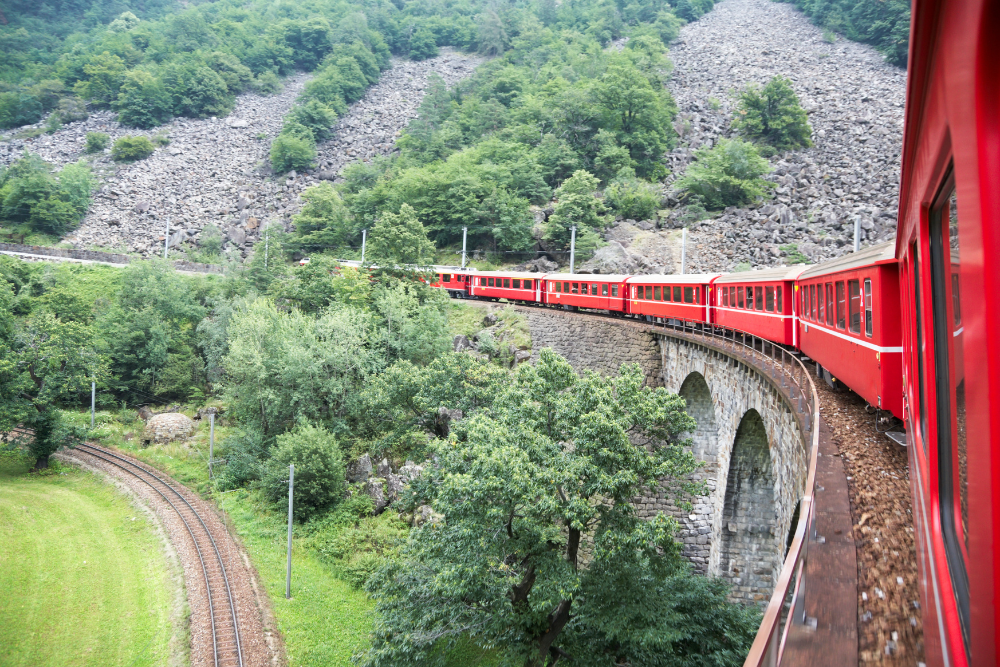
While you can buy tickets directly at the station or on the train, it’s often a good idea to book in advance, especially for popular routes like those to mountain destinations or scenic trains (e.g., Glacier Express or Bernina Express).
- Ticket Machines and Apps: Tickets can be purchased through the Swiss Federal Railways (SBB) website, mobile app, or at automated ticket machines located in most train stations. Many apps also provide live schedules and route options, so you can easily check train times on the go.
- Seat Reservations: For most trains, particularly scenic and long-distance routes, you are not required to reserve a seat. However, if you’re traveling during peak times or in first-class, it’s a good idea to secure your seat in advance. The Glacier Express and Bernina Express, however, do require reservations.
Even if you don’t book a seat, most trains have plenty of space, and seating is generally first-come, first-served unless otherwise indicated.
3. Understand Swiss Train Class System
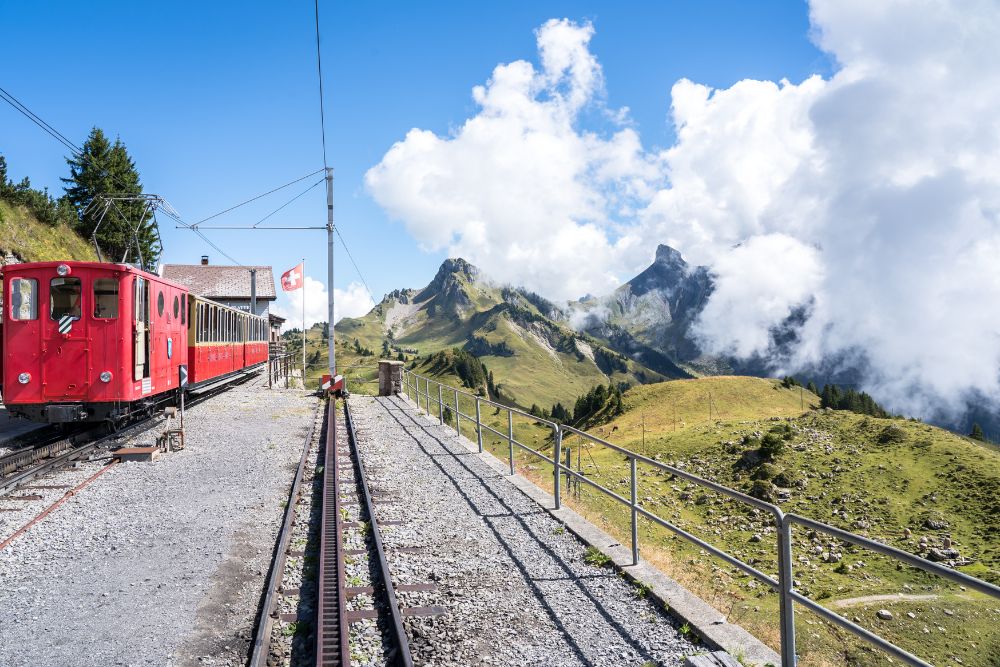
Swiss trains typically offer two classes of service: First Class and Second Class. Here’s what you need to know about them:
- Second Class: Offers comfortable seating, with access to amenities like free Wi-Fi and power outlets. It’s a great option for most travelers and provides ample space for luggage. If you’re traveling on a budget, second class is more than sufficient.
- First Class: Provides more spacious seats, quieter cabins, and additional services such as complimentary newspapers, snacks, and better Wi-Fi connectivity. First-class tickets are more expensive, but the extra comfort can be worth it for long journeys.
If you’re planning to travel on scenic routes or during peak times, first class might offer a more relaxed experience, but for shorter or less crowded routes, second class is just fine.
4. Take Advantage of Scenic Train Routes
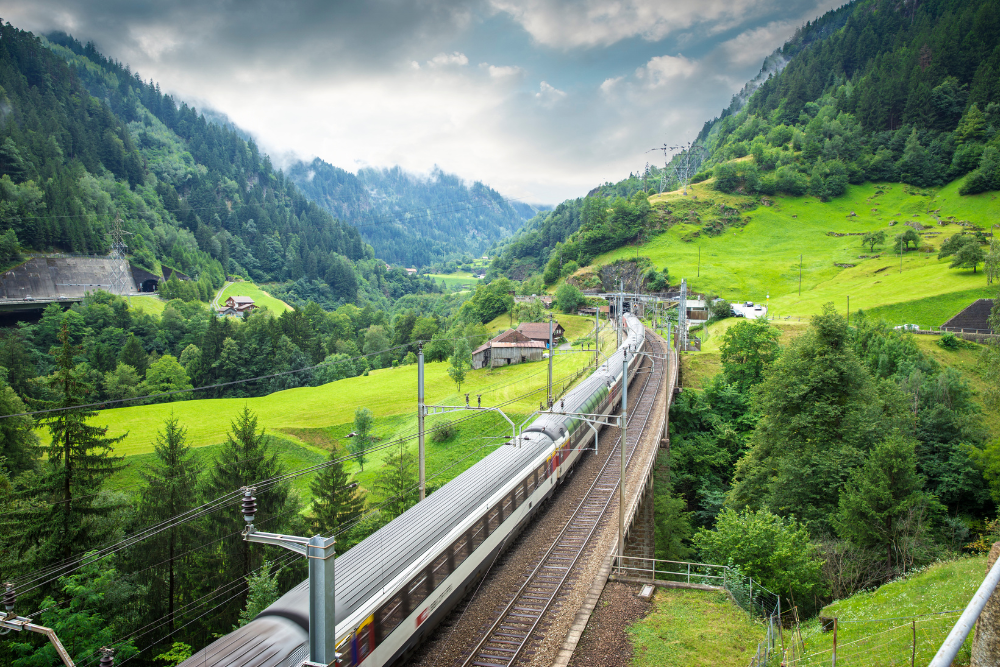
Switzerland is known for its breathtaking landscapes, and traveling by train is one of the best ways to enjoy them. Here are some of the most scenic train routes you should consider:
- Glacier Express: This world-famous train journey connects Zermatt and St. Moritz, passing through stunning alpine scenery, including Andermatt, the Oberalp Pass, and the Rhine Gorge. The Glacier Express is a slow-moving train, which means you’ll have plenty of time to soak in the views.
- Bernina Express: Connecting Chur and Tirano (Italy), this route passes through some of the most dramatic landscapes in the Alps, including the Bernina Range and Morteratsch Glacier. The Bernina Express is part of the UNESCO World Heritage-listed Rhaetian Railway.
- GoldenPass Line: This scenic train takes you from Montreux to Lucerne, offering beautiful views of Lake Geneva, the Simmental Valley, and the Swiss Pre-Alps.
- Gotthard Panorama Express: Combining a scenic boat ride on Lake Lucerne and a train journey through the historic Gotthard Pass, this route offers a unique and scenic way to travel between Lucerne and Locarno.
When traveling on these scenic routes, make sure to book in advance, as they can be quite popular, especially in the high season.
5. Travel Comfortably with Luggage and Essentials
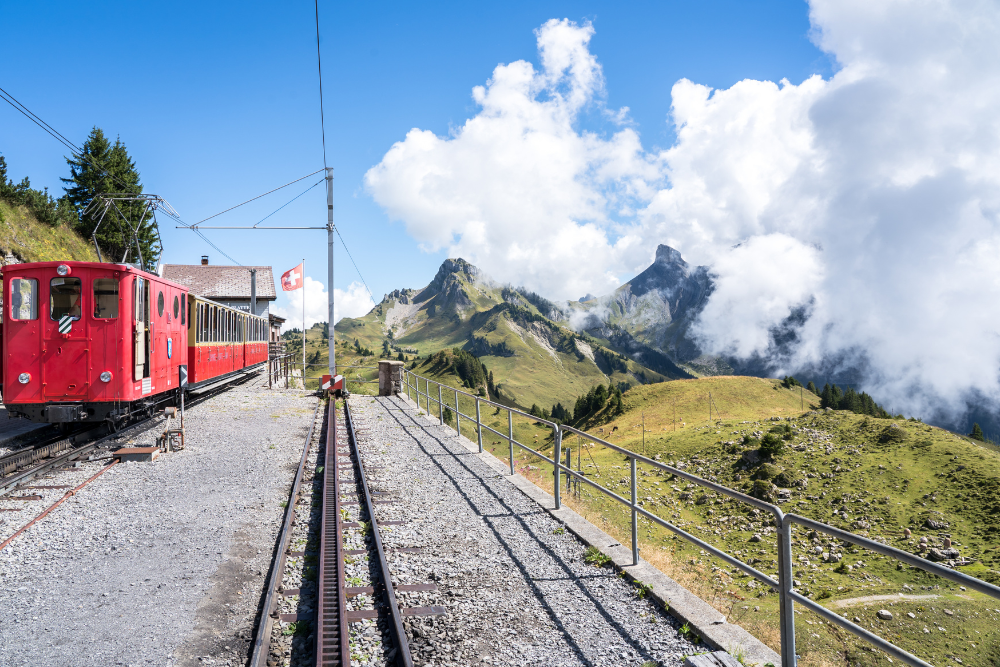
Swiss trains are equipped to accommodate passengers with luggage, but it’s essential to know how to pack efficiently and what to bring for a comfortable journey:
- Luggage: Most trains have dedicated spaces for luggage, typically at the ends of the carriages or in special compartments. You can bring larger suitcases or backpacks, but it’s a good idea to travel light to make the journey more comfortable.
- Comfort Items: Bring a neck pillow, light snacks, and a water bottle to ensure your comfort, especially on long journeys. Many trains have onboard snack bars or dining cars, but it’s always helpful to have some snacks on hand.
- Public Transport Passes: If you plan to use public transport in cities or on mountain trains, you may want to invest in a Swiss Half Fare Card or Swiss Travel Pass, which offers discounts on many services, including trams, buses, and mountain railways.
Conclusion
Traveling by train in Switzerland is a convenient, comfortable, and scenic way to explore the country. Whether you’re riding the famous scenic trains, hopping between cities, or simply enjoying the Swiss countryside, the train system offers an unforgettable journey. By planning ahead, booking in advance, and making use of Swiss travel passes, you’ll be able to experience the very best of Switzerland’s rail network. Happy travels!



